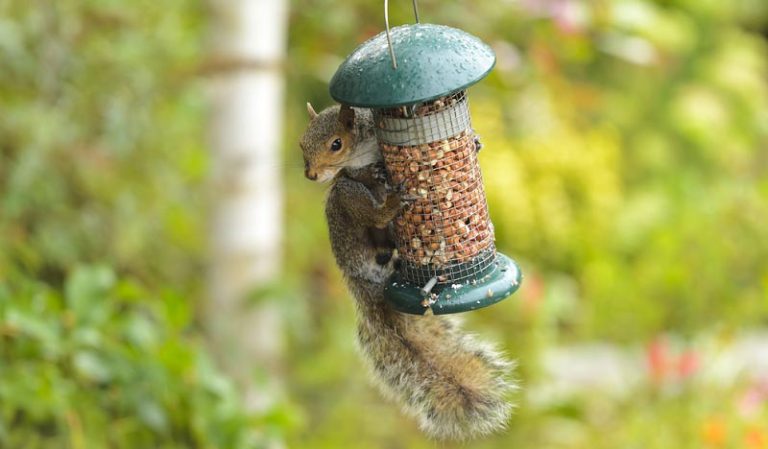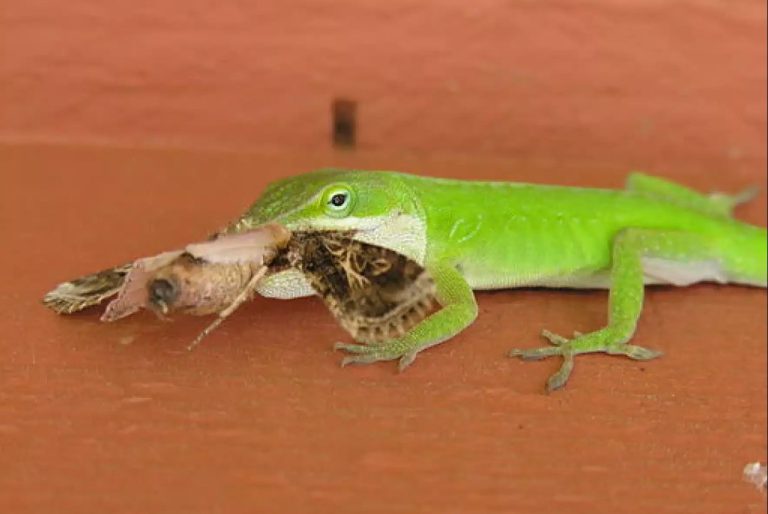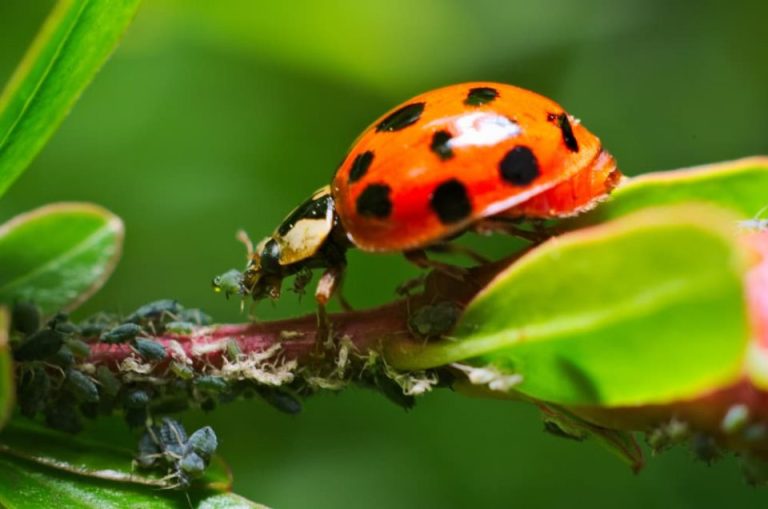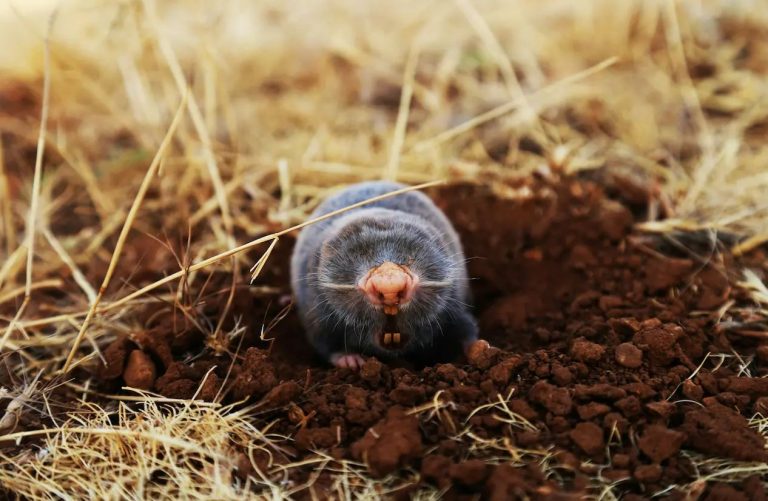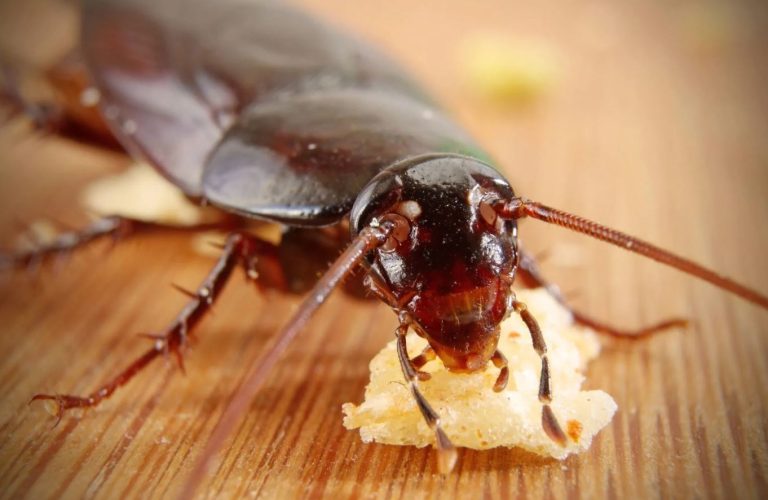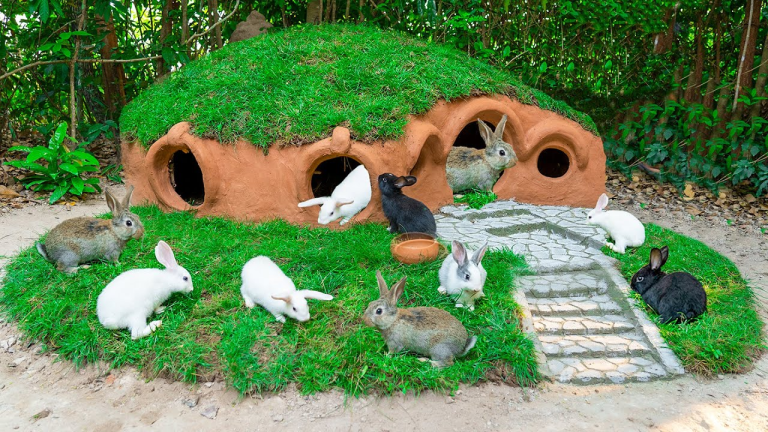What Do Frogs Eat? A Deep Dive Into Frog Food and Diet Across Species
The night air was thick with summer stillness when I heard it—that unmistakable ribbit echoing from the pond behind my cabin. I crept out with a flashlight, following the sound, and there it was: a green frog, motionless under moonlight. It seemed like part of the earth itself. But then, with startling speed, it flicked its tongue at a moth fluttering nearby—and the moth was gone.
That moment sparked a question that would follow me for years: what do frogs eat?
It turns out the answer is more complex—and far more fascinating—than I ever imagined. From tiny tree frogs in the tropics to burly bullfrogs in backyard ponds, the frog diet is a rich and varied world of instinct, adaptability, and even a little surprise.
This article takes you on a story-driven journey through the lives of frogs, their feeding habits, and the delicate web of ecology they help balance. Whether you’re a backyard naturalist, a herpetology student, or just someone who’s curious about frog food, you’re about to see frogs in a whole new way.
1. Frogs at a Glance: Types and Traits
Frogs are part of the order Anura, which includes more than 7,500 species worldwide. From the glass frogs of Central America to the monster-sized Goliath frog of West Africa, their appearances and habitats vary wildly—but one thing remains consistent: frogs are predators.
They don’t graze or nibble. They hunt.
Their bodies reflect this: big eyes for spotting movement, long tongues for lightning-fast strikes, and skin that blends perfectly into their environment. To understand their food preferences, we first need to understand who they are.
2. The Basics: What Do Frogs Eat in the Wild?
In the wild, a frog’s diet is shaped by its size, species, and surroundings. But one rule applies across the board: frogs eat living prey.
| Common Frog Foods | Examples |
|---|---|
| Insects | Crickets, flies, beetles, mosquitoes |
| Worms | Earthworms, mealworms |
| Spiders | Orb weavers, small tarantulas |
| Snails & Slugs | Soft-bodied mollusks |
| Small Vertebrates | Fish, tadpoles, mice, other frogs |
These aren’t picky eaters—they’re opportunistic. If it moves and fits in their mouth, it’s fair game.
3. Tadpoles and the Vegetarian Phase
Surprisingly, frogs aren’t born as meat-eaters. Tadpoles—their larval stage—usually start out with herbivorous or omnivorous diets. They scrape algae off rocks, nibble on decaying plant matter, and consume microorganisms in the water.
But as they grow legs, absorb their tails, and develop lungs, a shift begins. Their intestines shorten. Their appetite changes. And by the time they leave the water, they’re ready for a carnivorous life.
4. Adult Frog Food: A Carnivorous Shift
Adult frogs rely heavily on protein, which helps them grow, reproduce, and survive in competitive environments. Let’s break down their common meals:
✅ Insects and Arthropods
- Flies
- Crickets
- Moths
- Ants
- Beetles
- Termites
✅ Worms and Larvae
- Earthworms
- Mealworms
- Grubs
- Caterpillars
✅ Small Vertebrates
- Guppies (for aquatic frogs)
- Baby mice (pinkies for large pet frogs)
- Other frogs
Yes, you read that right: some frogs eat other frogs—more on that later.
5. What Tree Frogs, Ground Frogs, and Water Frogs Eat
Tree Frogs
These lightweight climbers feast primarily on:
- Flying insects
- Small beetles
- Moths and mosquitoes
Their agile jumps and sticky toe pads make them perfect airborne hunters.
Ground Frogs (e.g., Bullfrogs)
These robust amphibians have wider diets:
- Worms
- Crickets
- Fish
- Other frogs
- Rodents (rarely)
They ambush from the shadows, swallowing prey whole.
Aquatic Frogs (e.g., African Dwarf Frogs)
These frogs eat:
- Bloodworms
- Brine shrimp
- Small fish
- Aquatic insects
They hunt underwater, using movement to detect prey.
6. Unusual Frog Foods: Cannibalism and Mammals
Certain frogs, like the Horned Frog (Pacman Frog) and African Bullfrog, have shockingly large appetites. They’ve been recorded eating:
- Hatchling birds
- Small snakes
- Mice
- Fellow frogs (including siblings)
In the wild, this isn’t cruelty—it’s opportunism. Survival often means taking whatever chance comes your way.
7. What Do Pet Frogs Eat?
Pet frogs need diets that mimic the wild. Here’s a practical breakdown:
| Frog Type | Recommended Frog Food |
|---|---|
| Tree Frogs | Gut-loaded crickets, fruit flies, small mealworms |
| Pacman Frogs | Earthworms, crickets, pinkie mice (1x/week max) |
| Aquatic Frogs | Bloodworms, brine shrimp, floating frog pellets |
| Dart Frogs | Wingless fruit flies, springtails, pinhead crickets |
Supplements:
Always dust insects with calcium + vitamin D3 twice weekly to avoid metabolic bone disease.
8. Frog Feeding Behavior and Hunting Techniques
Frogs use a few different tactics depending on their environment:
- Sit-and-wait ambush: They stay still until prey approaches, then strike with lightning speed.
- Active foraging: Smaller frogs may hop through foliage or water in search of movement.
- Tongue strike: Their tongue can extend faster than the blink of an eye.
Did you know a frog’s tongue is attached at the front of its mouth—not the back? This unique trait lets them launch it outward in a catapult motion.
9. Seasonal Diets and Environmental Influence
Frogs are cold-blooded, meaning their activity depends on the environment:
| Season | Frog Activity Level | Frog Food Intake |
|---|---|---|
| Spring | High | Insects, worms, larvae |
| Summer | Very High | Frequent feeding |
| Fall | Moderate | Last feeding before brumation |
| Winter | Low / Inactive | Most frogs hibernate or burrow |
In captivity, frogs may continue eating year-round if kept warm.
10. Myths vs. Facts About the Frog Diet
| Myth | Truth |
|---|---|
| Frogs eat plants and fruit | Only tadpoles eat plants; adult frogs are carnivores |
| Frogs only eat insects | Many eat fish, rodents, or other frogs |
| Frogs chew their food | Frogs swallow whole—they have no teeth for chewing |
| Frogs can eat anything you give them | No! Dead bugs, bread, or processed food are dangerous |
11. Common Feeding Mistakes (Pet Owners Beware!)
- ❌ Feeding dead bugs: Frogs prefer live, moving prey
- ❌ No supplementation: Can lead to nutrient deficiency
- ❌ Overfeeding: Leads to obesity, especially in Pacman frogs
- ❌ Using wild-caught insects: May carry pesticides or parasites
For best results, purchase gut-loaded, store-bred insects and always provide a shallow water source for hydration.
12. FAQ: What Do Frogs Eat?
Q: Do frogs eat mosquitoes?
Yes! Frogs are natural mosquito predators, especially tree frogs.
Q: Can frogs eat mealworms?
Absolutely. Both live and freeze-dried mealworms are commonly fed to pet frogs.
Q: Do frogs drink water?
They absorb it through their skin, especially their belly, not through their mouths.
Q: Can frogs eat fish?
Large frogs, especially bullfrogs or aquatic frogs, often eat small fish.
Q: Do frogs ever eat vegetables or fruit?
No. Adult frogs are strict carnivores, unlike omnivorous animals like turtles or some reptiles.
13. Final Thoughts: So, What Do Frogs Eat?
Frogs are more than the sum of their “ribbits.” They are evolutionary marvels—silent hunters with ancient instincts and surprising appetites. From leaf hoppers in the Amazon to suburban mosquito slayers, frogs eat what nature offers: insects, worms, fish, and even each other.
Understanding frog food isn’t just about curiosity—it’s about respect. Every meal a frog eats plays a role in pest control, food webs, and ecological balance.
So the next time you hear that familiar croak outside your window, remember: it’s more than a sound—it’s a sign of life, of a hunter at work, and of a world often unseen.


